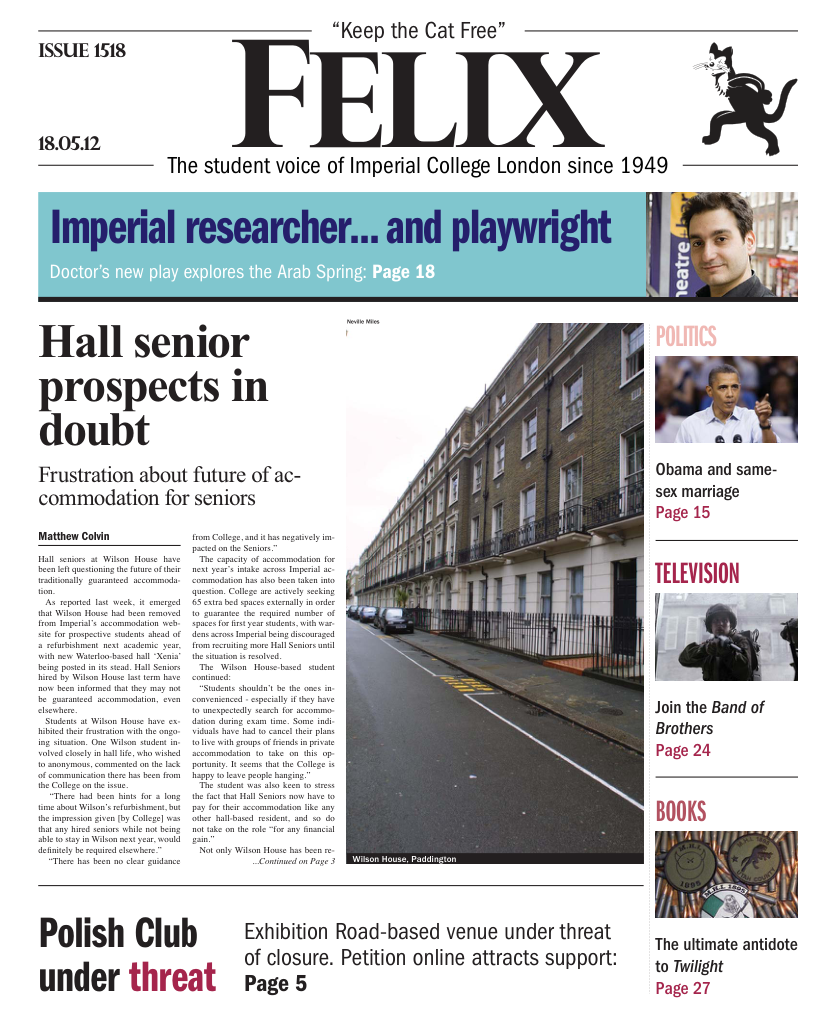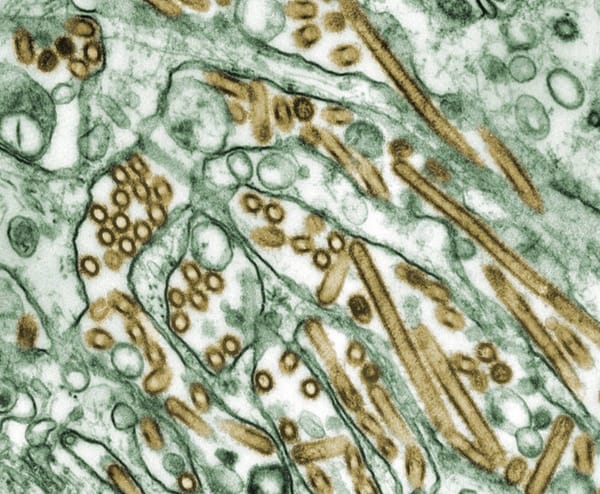Inventor of confocal microscope develops new giant lens
Challenging task ahead for Brad Amos

Brad Amos, who contributed significantly to the development of the laser scanning confocal microscope while working at the Medical Research Council in Cambridge, has developed a new giant microscope, the ‘Mesolens’, that allows the imaging of an entire mouse embryo in subcellular detail.
Amos hopes that his new Mesolens could make imaging in developmental biology much simpler because the lens’ huge field of view removes the need to stitch many small images together, reducing image acquisition times from a day to an hour.
The confocal microscope, the current gold standard in biomedical imaging, is successful because it allows biologists to obtain an image from inside a thick specimen, a technique known as optical sectioning. It does this in two steps: the sample is illuminated with a small focused laser spot; this spot is then focused onto a tiny hole placed in front of a camera. In this way, only light that has come from the focused laser spot contributes to the image. The laser spot is then scanned around to obtain a full image.
Traditional microscope objective lenses in confocal systems are small, which means that only small images can be obtained. To build an image of a 6mm object, hundreds of these small images would need to be stitched together. To get around this, Amos had to make his lens half a metre tall - ten or twenty times larger than a normal microscope objective. In addition, some of the elements inside the lens need to be positioned within micrometer-accuracy.
To manufacture something so large this accurately is clearly not going to be easy. Despite this, previous bad experiences with commercial organisations have led Amos to attempt to manufacture his giant lens in his own back garden. He hopes that the Mesolens will cost no more than a commercial confocal microscope.
The first confocal images from the prototype Mesolens were shown to the Royal Society in January this year.









